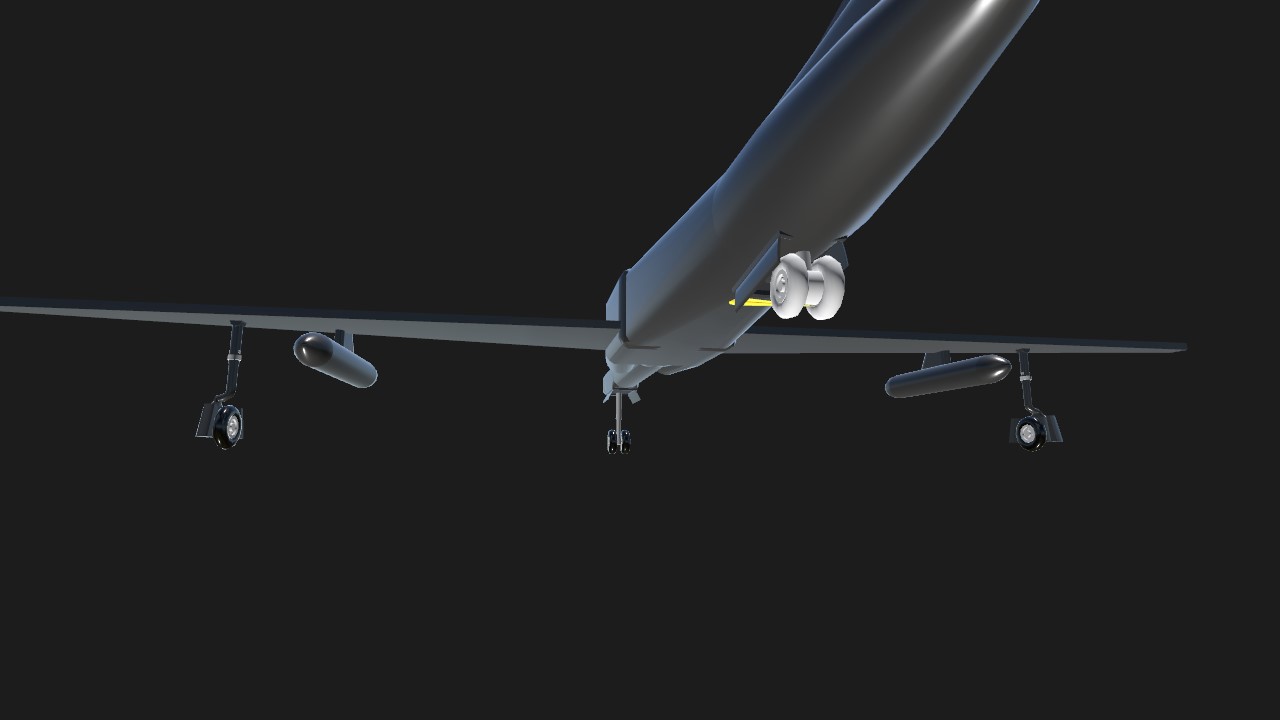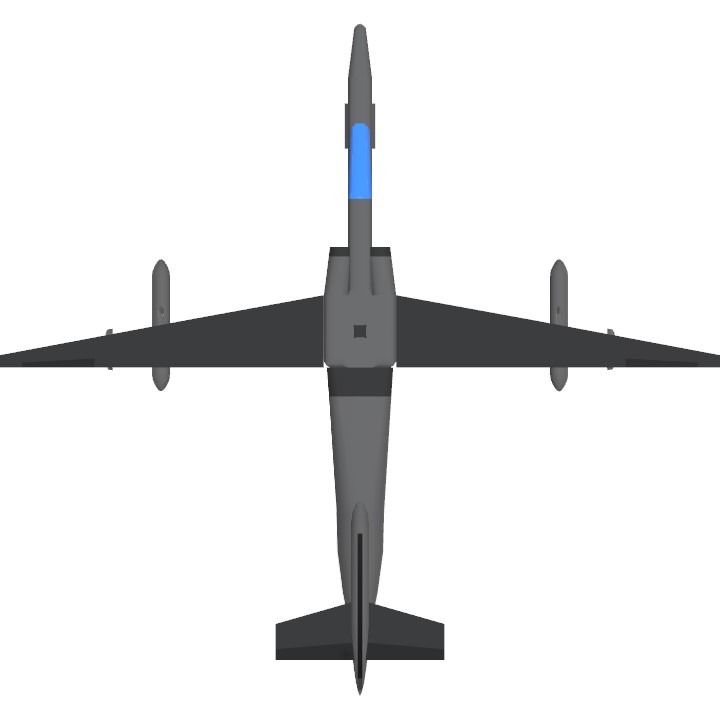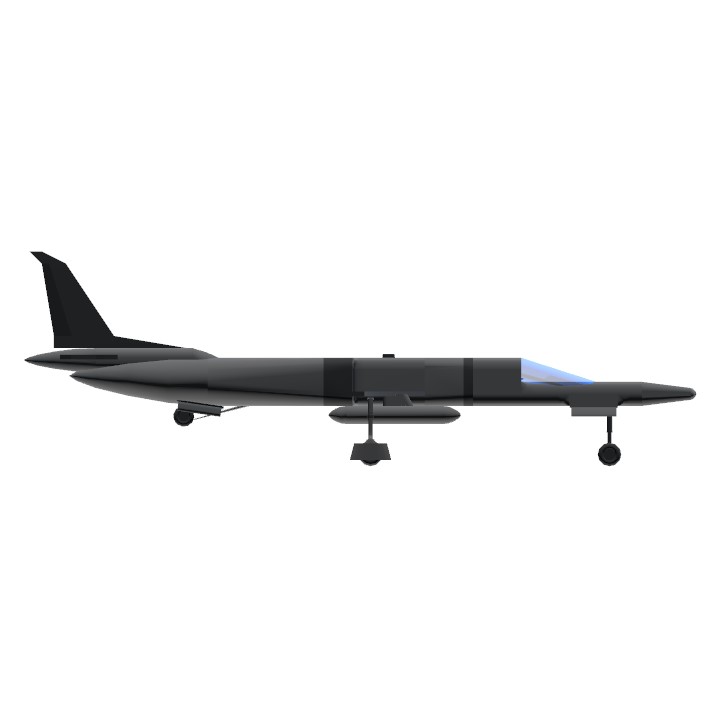The Lockheed U-2, nicknamed "Dragon Lady", is an American single-engine, high altitude reconnaissance aircraft operated from the 1950s by the United States Air Force (USAF) and the Central Intelligence Agency (CIA). It provides day and night, high-altitude (70,000 feet, 21,300 meters), all-weather intelligence gathering.[1]
Lockheed Corporation originally proposed it in 1953, it was approved in 1954, and its first test flight was in 1955. It was flown during the Cold War over the Soviet Union, China, Vietnam, and Cuba. In 1960, Gary Powers was shot down in a CIA U-2C over the Soviet Union by a surface-to-air missile (SAM). Major Rudolf Anderson Jr. was shot down in a U-2 during the Cuban Missile Crisis in 1962.
U-2s have taken part in post-Cold War conflicts in Afghanistan and Iraq, and supported several multinational NATO operations. The U-2 has also been used for electronic sensor research, satellite calibration, scientific research, and communications purposes. The U-2 is one of a handful of aircraft types to have served the USAF for over 50 years, along with the Boeing B-52, Boeing KC-135, Lockheed C-130 and Lockheed C-5. The newest models (TR-1, U-2R, U-2S) entered service in the 1980s, and the latest model, the U-2S, had a technical upgrade in 2012. The U-2 is currently operated by the USAF. After World War II, the U.S. military desired better strategic aerial reconnaissance to help determine Soviet capabilities and intentions, and to prevent being caught off-guard as it had been in the attack on Pearl Harbor. The Air Force commissioned the 'Beacon Hill Report' from Project Lincoln at the Massachusetts Institute of Technology, which was researched in 1951–1952 and delivered in 1952. The committee was led by Carl F. P. Overhage and was overseen by the Air Force's Gordon P. Saville, and included James Gilbert Baker and Edwin H. Land, who would design the specialized optics in the U-2.[2]
During the early 1950s, the best intelligence the American government had on facilities deep inside the Soviet Union were World War II German Luftwaffe photographs taken during the war of territory west of the Ural Mountains, so overflights to take aerial photographs of the Soviet Union would be necessary. The committee suggested a plane with advanced optics, flying above 70,000 feet (21,300 m).[3][4][5]
After 1950, Soviet air defenses consistently intercepted all aircraft near the country's borders—sometimes even those in Japanese airspace. Existing US reconnaissance aircraft, primarily bombers converted for reconnaissance duty such as the Boeing RB-47, were vulnerable to anti-aircraft artillery, missiles, and fighters. Richard Leghorn of the United States Air Force suggested that an aircraft that could fly at 60,000 feet (18,300 m) should be safe from the MiG-17, the Soviet Union's best interceptor aircraft, which could barely reach 45,000 feet (13,700 m). He and others believed that Soviet radar, which used American equipment provided during the war, could not track aircraft above 65,000 feet (19,800 m).[6]
At the time, the highest-flying aircraft available to the US and its allies was the English Electric Canberra, which could reach 48,000 feet (14,600 m). The British had already produced the PR3 photo-reconnaissance variant, but the USAF asked for English Electric's help to further modify the American-licensed version of the Canberra, the Martin B-57, with long, narrow wings, new engines, and a lighter airframe to reach 67,000 feet (20,400 m). The U.S. Air Research and Development Command mandated design changes that made the aircraft more durable for combat, but the resulting RB-57D aircraft of 1955 could only reach 64,000 feet (19,500 m). The Soviet Union, unlike the United States and Britain, had improved radar technology after the war, and could track aircraft above 65,000 feet (19,800 m). 

Specifications
General Characteristics
- Predecessor Cold War Challenge - 50-450 parts (CLOSED)
- Created On Windows
- Wingspan 49.0ft (14.9m)
- Length 45.7ft (13.9m)
- Height 14.5ft (4.4m)
- Empty Weight 7,297lbs (3,310kg)
- Loaded Weight 8,468lbs (3,841kg)
Performance
- Power/Weight Ratio 1.326
- Wing Loading 45.5lbs/ft2 (222.3kg/m2)
- Wing Area 186.0ft2 (17.3m2)
- Drag Points 2963
Parts
- Number of Parts 67
- Control Surfaces 5
- Performance Cost 303






:) ur welcome
Thanks, this is faster than light - lol